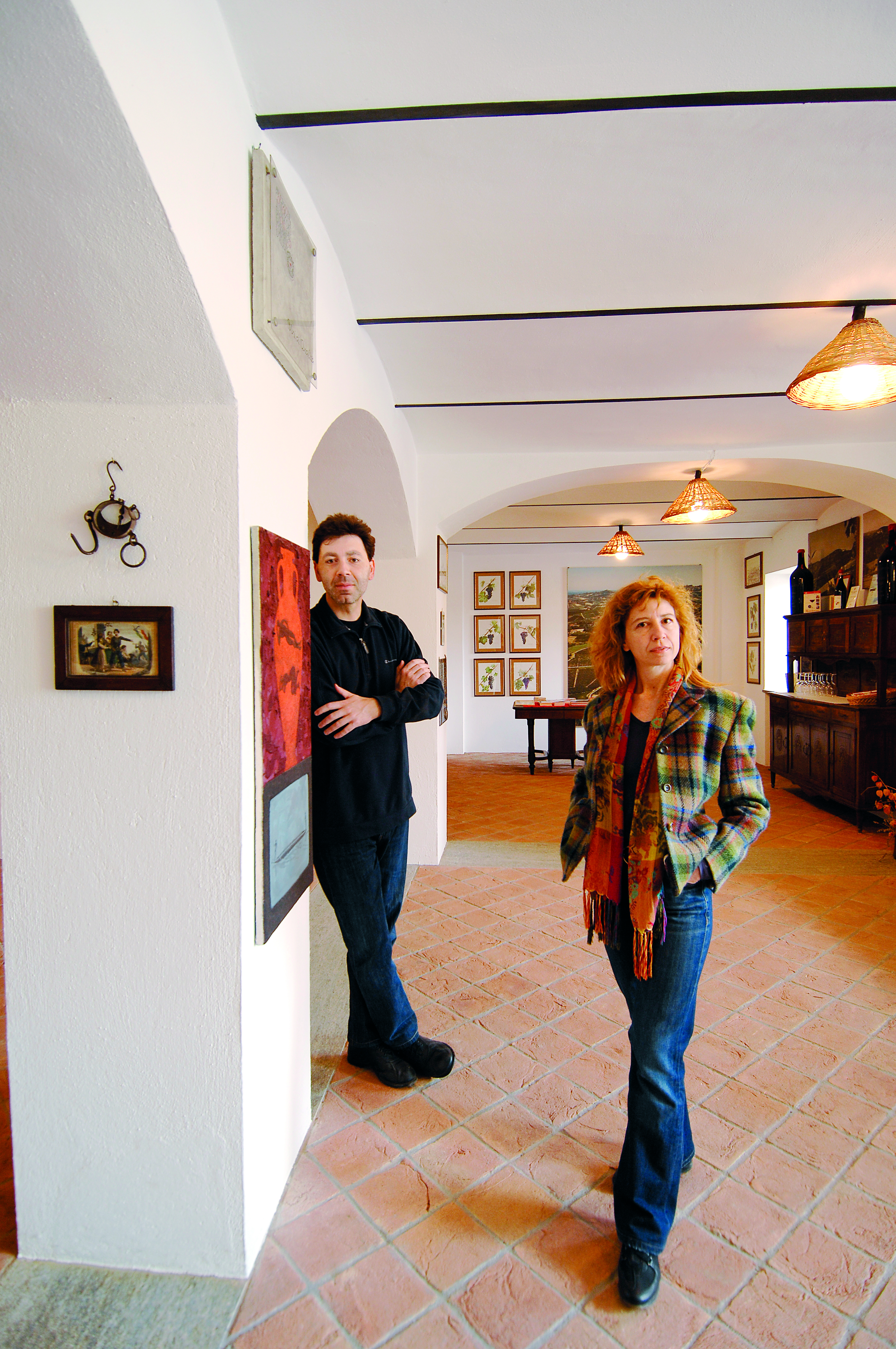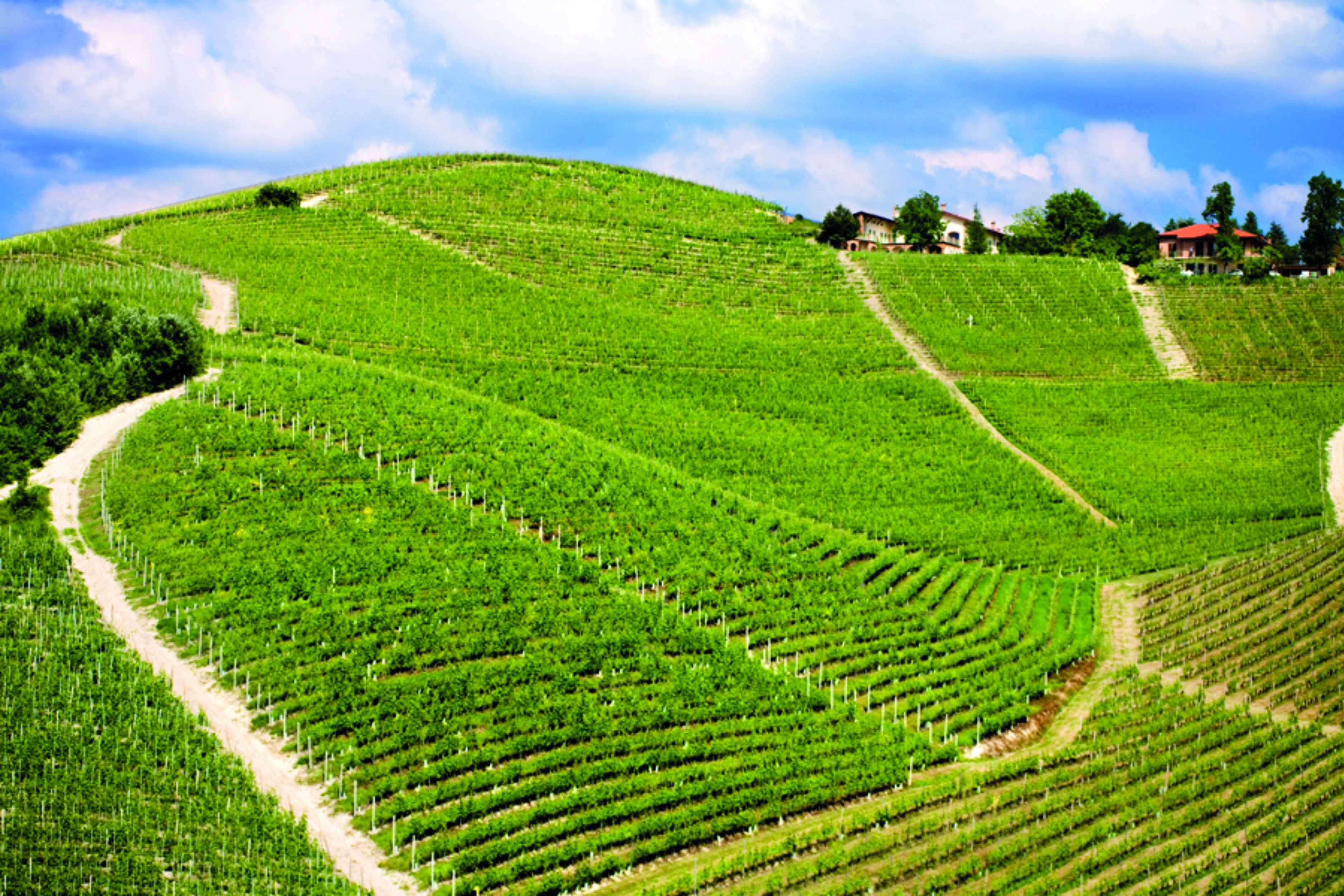
Cavallotto Bricco Boschis
This post is also available in:
 Italiano (Italian)
Italiano (Italian)
Near the entrance to Castiglione Falletto, in the province of Cuneo – the heart of the Barolo area – there’s the Cavallotto winery; it was built on the slopes of Bricco Boschis, in an old farmhouse dating back to 1800s. The whole estate covers an area of 62 acres (57 used for the vineyard).
What was once “Monte della Guardia”, owned by Countess Juliette Colbert, gradually passed into the hands of Giuseppe Boschis, who had always cared for its vineyards – hence the current “Bricco Boschis” name of the estate.
This is the Barolo area, where Nebbiolo grapes grow very well thanks marlstone, sand, and an extremely suitable microclimate. As a matter of fact, the lower “Langa of Alba”, with dry summers snowy, frigid winters, mild autumns and springs, features a soil of marine sedimentary origin: its compact calcareous-clayey marls have a typical white and blue appearance, while they’re perfectly waterproof.
One of the most peculiar features of Boschis Bricco estate is, thus, the limestone marl and the layers of sand that allow water to filter, while moisturizing the soil, eventually reaching the plants.
The Cavallotto family have produced wine for five generations and were the first in the area to devote themselves to direct vinification and marketing of their products – true family traditions.
The vineyards are quite special for three reasons: they all extend along the eastern side of the Bricco Boschis, they are a property of the Cavallottos, and their cultivation implies integrated agriculture and “enherbement total” techniques. More than half of the vineyards are planted with Nebbiolo da Barolo; the other vines are Dolcetto, Barbera, Freisa, Pinot Nero, and Chardonnay.
All the vineyards are trained with the classic low guyot method; Nebbiolo is subjected to 8-10 bud pruning, while 5-7 bud pruning is reserved to other grape varieties; all the plants are usually left with a two-bud renewal spur.
Pruning is followed by the peeling and thinning of the bunches starting in July: the so-called “green harvest”. This selection phase allows the vine to best nourish its fruits which can thus receive more sunlight.
The use of pesticides has been completely avoided since 1976; the introduction of predatory mites, harmless to the vineyards, has made it possible to eliminate any artificial aid.
The vine is also exclusively treated with natural products such as copper and sulfur: the first is effective against vine blight, while the second is used to fight powdery mildew.
Each hectare houses about 5.000 plants and the land is managed with spontaneous grassing and mowing interventions two or four times a year. The plant residues are left in place to form humus and thus guarantee a balanced supply of organic substances in the soil; they can also improve rainwater drainage as well as prevent water erosion phenomena.
This post is also available in:
 Italiano (Italian)
Italiano (Italian)
Contatti
Via Alba-Monforte Bricco Boschis - Castiglione Falletto(CN)
0173 62814
info@cavallotto.com



